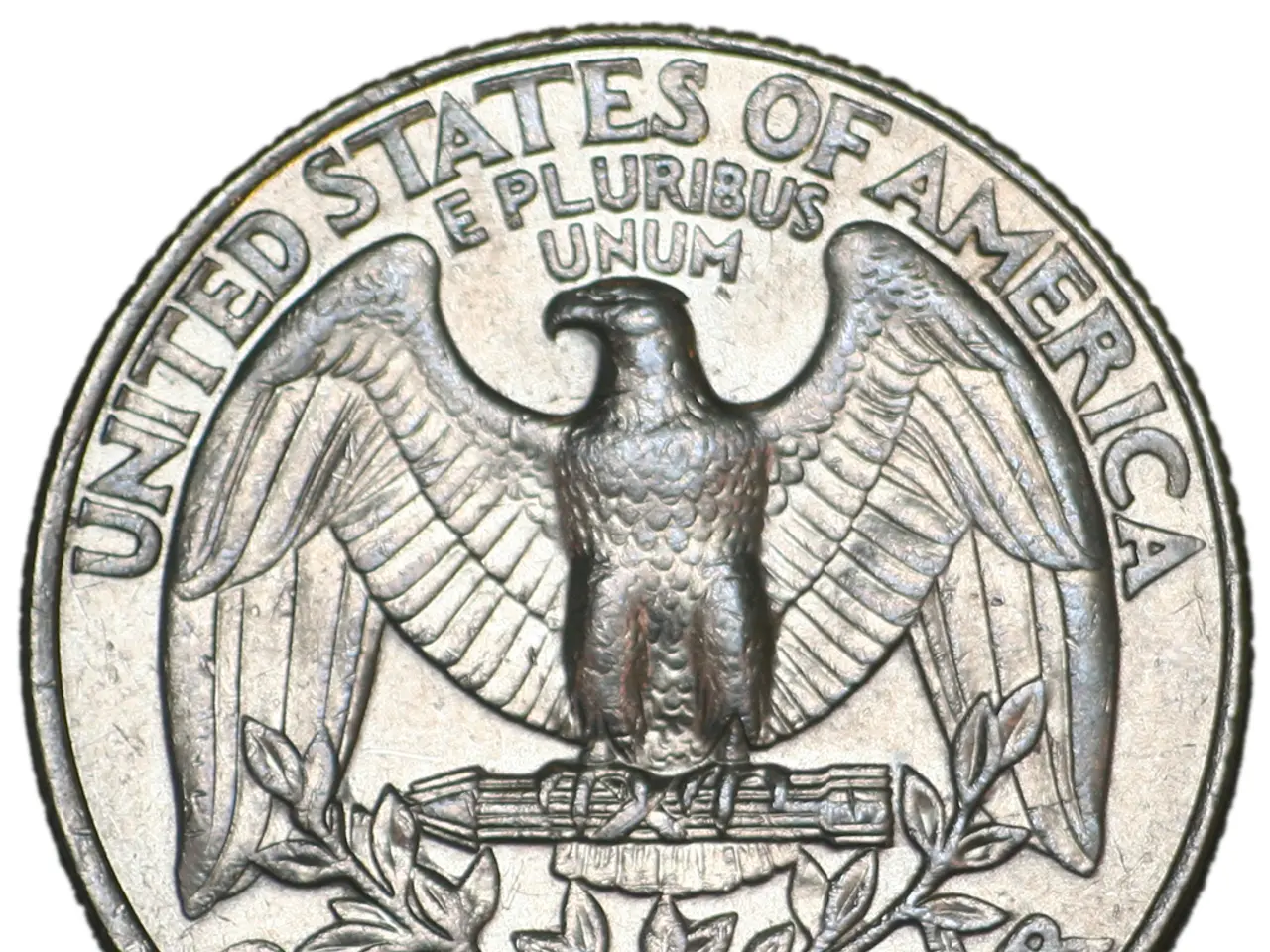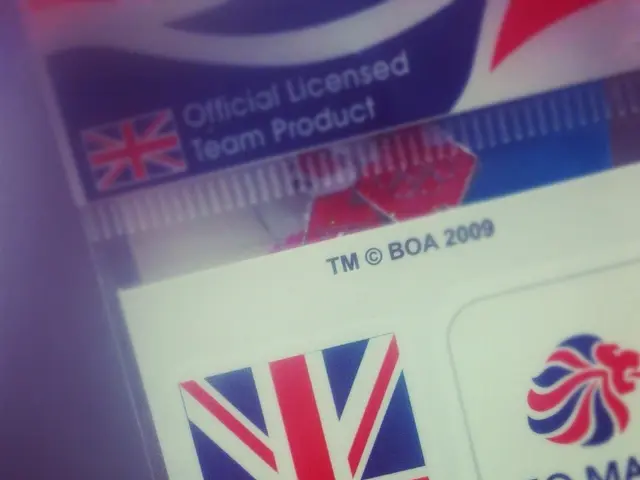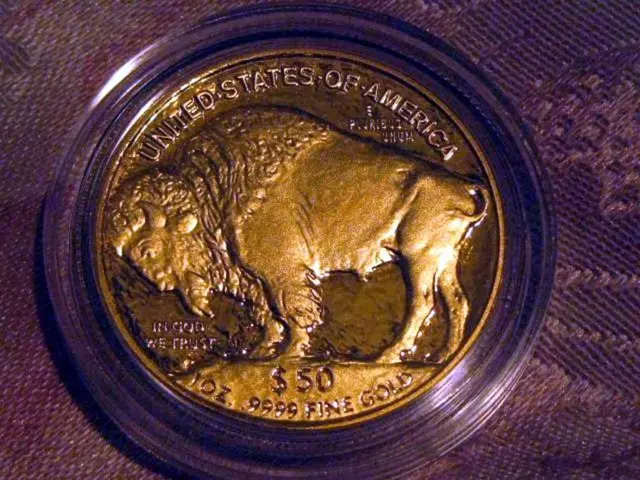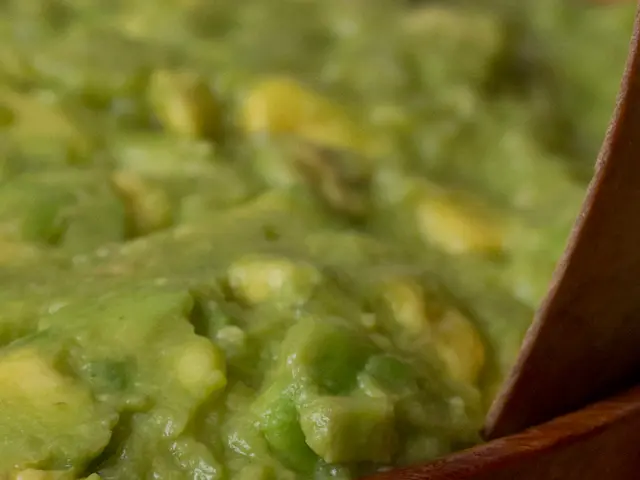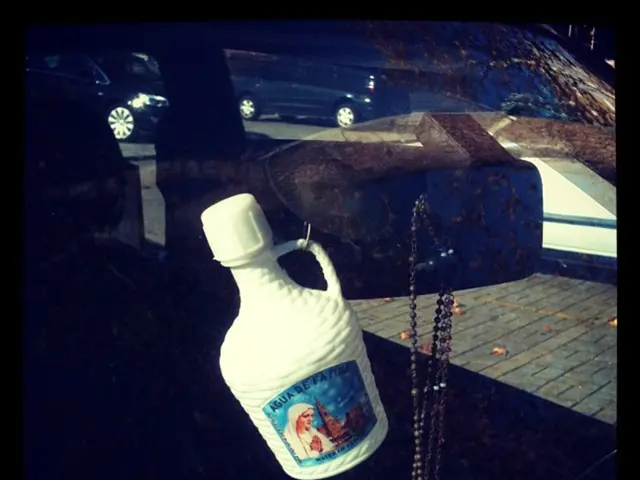Hong Kong conducts sales of U.S. dollars to deter carry trade and support its currency peg stability.
Hong Kong Monetary Authority (HKMA) Continues Foreign Exchange Interventions to Defend Hong Kong Dollar Peg
The Hong Kong Monetary Authority (HKMA) has been actively intervening in the foreign exchange market since June 2021, in an effort to maintain the stability of the Hong Kong dollar (HKD) under the Linked Exchange Rate System. This move comes in response to significant upward pressure on the US dollar and local market volatility.
Over the past few months, the HKMA has conducted 15 interventions, selling US dollars and buying HKD to inject liquidity into the market. In May alone, the authority intervened four times, injecting a total of HK$129.4 billion into the aggregate balance to weaken the local currency. Since late June, the HKMA has bought a total of HK$116.57 billion and sold US$14.8 billion.
These interventions have led to a decrease in the liquidity pool, which has dropped below HK$60 billion, a 67% drop from its recent peak in May. This decrease was primarily caused by strong capital inflows targeting large-scale initial public offerings.
The HKMA's actions are intended to deter carry traders looking to exploit the city's interest rate differential with the US dollar. As a result, the interventions have helped reduce market liquidity and discourage carry traders, according to Ryan Lam Chun-wang, head of research for Hong Kong at Shanghai Commercial Bank.
The decrease in carry trade activity has had a direct impact on local interest rates. Analysts believe that the HKMA's actions will increase local interest rates, as the interventions typically involve selling foreign currency reserves (US dollars) and buying HKD, which reduces the local money supply and puts upward pressure on HKD interest rates. This dynamic narrows the interest rate differentials that carry traders rely on, making carry trades less profitable and causing some unwind of carry positions.
However, the HKMA has not provided any comment on the specific impact of its interventions on local interest rates. According to Ryan Lam, carry trades will gradually decrease as the gap between the US and Hong Kong dollars narrows.
The HKMA's approach to maintain currency stability under the Linked Exchange Rate System is not new. In 2005, the HKMA established a narrow trading band, allowing the Hong Kong dollar to fluctuate between HK$7.75 and HK$7.85. The exchange rate used during the most recent transactions was HK$7.85 per US dollar.
This pattern aligns with the HKMA’s historic approach to maintain currency stability under the Linked Exchange Rate System by direct market interventions to contain volatility and protect the peg. By stabilizing the HKD exchange rate and influencing local market liquidity and interest rates, the HKMA aims to discourage speculative carry trades that could destabilize the market.
The Hong Kong Monetary Authority's (HKMA) foreign exchange interventions impact the trading and finance sectors, as the interventions aim to stabilize the Hong Kong dollar, which indirectly influences the Hong Kong market's liquidity and interest rates. The actions of the HKMA in the banking-and-insurance industry could affect local carry trades, as the HKMA's strategies often narrow the interest rate differentials, making these trades less profitable and encouraging a reduction in carry positions.
